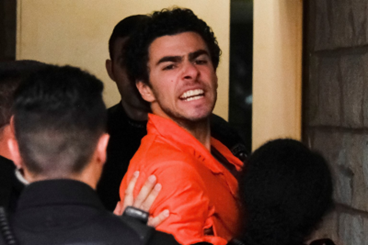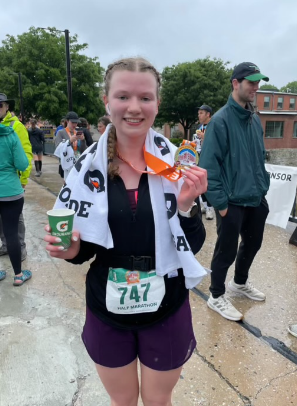Sex trafficking across country targets women in prison Prison guards need to be trained on signs of sex trafficking
April 21, 2022
The United States has incredibly high numbers of sex trafficking across the country, many of these numbers come from women in prison. Multiple strategies are utilized to gain information on these women in their vulnerable state.
Many times, when women get released after serving a long sentence, they are thrust into a world that offers them nothing. This is where the sex trafficking con artists are able to recruit through their promise of stability and employment upon releasement.
Many awful forms of human trafficking exist including debt bondage, domestic servitude, forced child labor, sex trafficking, and child sex trafficking. Although sex trafficking is the main form discussed in this article the other forms have equal importance. The traffickers aim to profit from exploitation, they prey on the vulnerable and find sick joy from doing so.
The sex trafficking network begins its search for recruitment through sex buyers “locating incarcerated women awaiting a court date by using personal data such as mugshots and bail bonds posted online, or through corrupt bondsmen,” according to The Guardian website. It then evolves through intense manipulation and unrealistic promises to the buyers requiring a daily quota of $500 – $1,000. If the women do not return with this money, they are often beaten, starved, or deprived of drugs.
Numbers of sex trafficking has drastically increased in recent years, California, Texas, and Florida are reported to have the highest rates per capita. While worldwide there are an estimated 24.9 million victims. The trafficker’s prey on all women despite age, background, and nationality according to the U.S. Department of State website.
Our corrupt correctional system in America fails to reduce this major issue. Many prison guards and staff are not trained on the signs of sex trafficking, they are also not trained on indicators of recruitment among inmates. According to the AMU Edge website many women serving sentences for prostitution are “unrecognized victims of human trafficking.”
In modern society females are told to always check under their cars, never walk alone at night, and to be able to recognize the signs of potential traffickers in action. Women outside the confines of prison in it general are vulnerable but women who have been shielded from society for a matter of years are 10 times as vulnerable to sex trafficking schemes. They do not have the luxury of having a safe life outside the prison walls and so evolves the ability for traffickers to easily coerce them into the world of sex trafficking.
There needs to be a change, it’s an extreme downfall of the American correctional system to turn a blind eye to the obvious issue at hand. At the federal level correction officers must complete 200 hours of training their first year in the job, in addition to these 200 hours a few must be dedicated recognizing the prominent issue of sex trafficking in prison.















